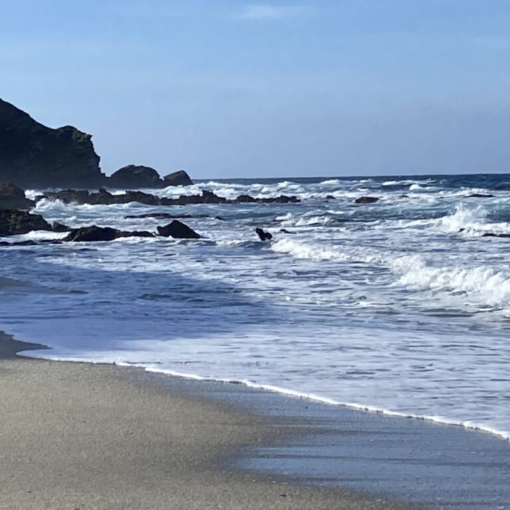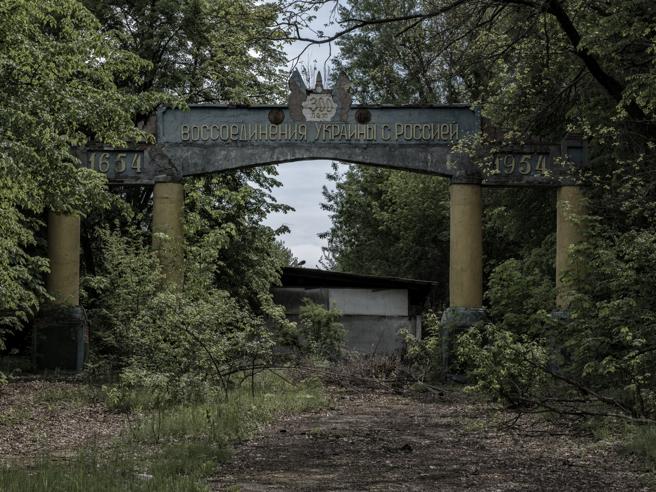
For the good of the Planet, Let’s help the Planet, Let’s make a small gesture in favor of the Planet are phrases that we are now used to hearing more and more often, even when they refer to issues or actions that substantially worsen the life of the biosphere. Yes, the BIOSPHERE! But, when we talk about the biosphere, what are we talking about, exactly?
Of plants and animals? Sure! But which ones? Are we aware of the fact that we are among the animals too? Do we realize that when it comes to the difficulties of life on planet Earth, at least among mammals, the species represented by most individuals is ours? And that, therefore, we would be among the first to disappear?
On April 26, 1986 the world plunged into the first global environmental emergency: Reactor 4 of the Chernobyl Nuclear Power Plant exploded. A radioactive bomb 500 times more powerful than those that the United States dropped on Hiroshima and Nagasaki on August 6 and 9, 1945. Since then, Chernobyl has been represented as the cathedral of the destruction it once was. Although the only officially recognized victims of the disaster were the 31 workers who worked to put out the reactor fire, at least 30,000 deaths are estimated, in the immediate and subsequent decades. Half a million displaced people. One hundred cities and villages emptied. Five million people destined for constant medical checks to combat cancers caused by exposure to radiation. Thousands of malformed babies across Europe. 2,800 square km of contaminated water, flora and fauna.
But after 35 years, what is happening in that territory TODAY? Plants and animals have invaded streets, squares, houses; tree roots have ripped up asphalt and concrete; in the cracks in the walls grasses make their way; birds have returned to nest in the trees and dozens of species of mammals, including wolves, live among those now unrecognizable walls.
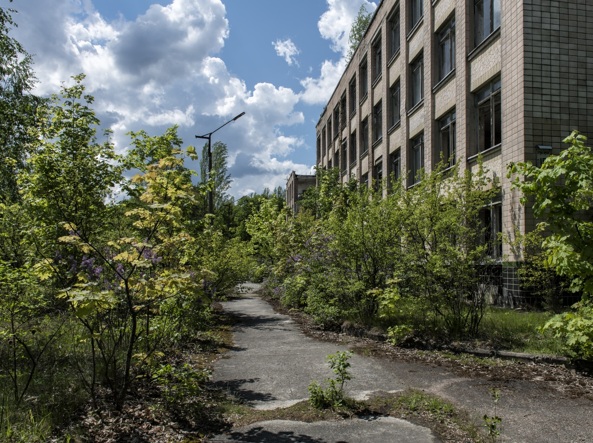
A study carried out by Ismael Galván, of the Spanish National Research Council and his international team, published in the journal Functional Ecology, analyzed the state of health of the birds that live within the contaminated area, revealing an unexpected phenomenon: many species seem in fact able to adapt to the effect of radiation, in some cases even drawing beneficial effects.
Blood samples were taken from 152 birds belonging to 16 different species, from eight sites near the Chernobyl closed zone, on which the following were measured: the degree of oxidative stress, the presence of DNA damage and the levels of glutathione, a compound involved in the repair mechanisms of oxidative stress damage.
Ionizing radiation causes the production of free radicals, harmful substances against which the body normally defends itself thanks to molecules with an antioxidant effect such as glutathione. When the amount of antioxidants is not sufficient to combat the effect of free radicals, the result is a toxic effect on the body called oxidative stress, which causes damage to the genetic material of the cells, causing them to age prematurely and leading to their death.
Studies carried out to date on the fauna of the Chernobyl area had shown that prolonged exposure to radiation lowers the levels of antioxidants in the body, producing damage from oxidative stress. From current analyzes, on the contrary, as the level of radiation increases, the levels of antioxidants also increase, while oxidative stress decreases.
Studies carried out in the laboratory had already shown that different types of animals, including humans, can adapt to the presence of ionizing radiation, and that prolonged exposure to low levels of radiation can generate in the body the ability to withstand constant exposure. major. Until now, however, these phenomena had never been documented in animals living in the wild.
At 14:46:23 local time, on 11 March 2011, an earthquake measuring 8.9 on the Richter scale, lasting 3 minutes, hits Japan. The epicenter of the earthquake is located in the open sea, 373 km northeast of Tokyo and at a depth of 25 km. The quake generates a tsunami with anomalous waves up to 14 meters high, which hit the east coast of Japan. The water from the tsunami damages the electrical cooling systems of the Fukushima nuclear power plant, causing explosions in reactors 1 and 3 and overheating of reactors 2 and 4.
Between 80 and 100 thousand people are permanently evacuated. The amount of radioactive cesium released from the Fukushima nuclear power plant is equal to 168 atomic bombs like the one dropped on Hiroshima. And although a prolonged release from a plant over time is a very different thing from the destructive force emitted suddenly by a bomb, the radioactivity that remains on the territory is identical.
Also in this case we ask ourselves what is happening TODAY in that territory. The answer is the same: plants and animals have taken over that area. The vegetation is not as dense as that of Chernobyl because only 10 years have passed, but the cars and all the artifacts are surrounded by vegetation and begin to be submerged. Insects, birds and wild mammals have regained possession of those areas and are quietly living their lives.
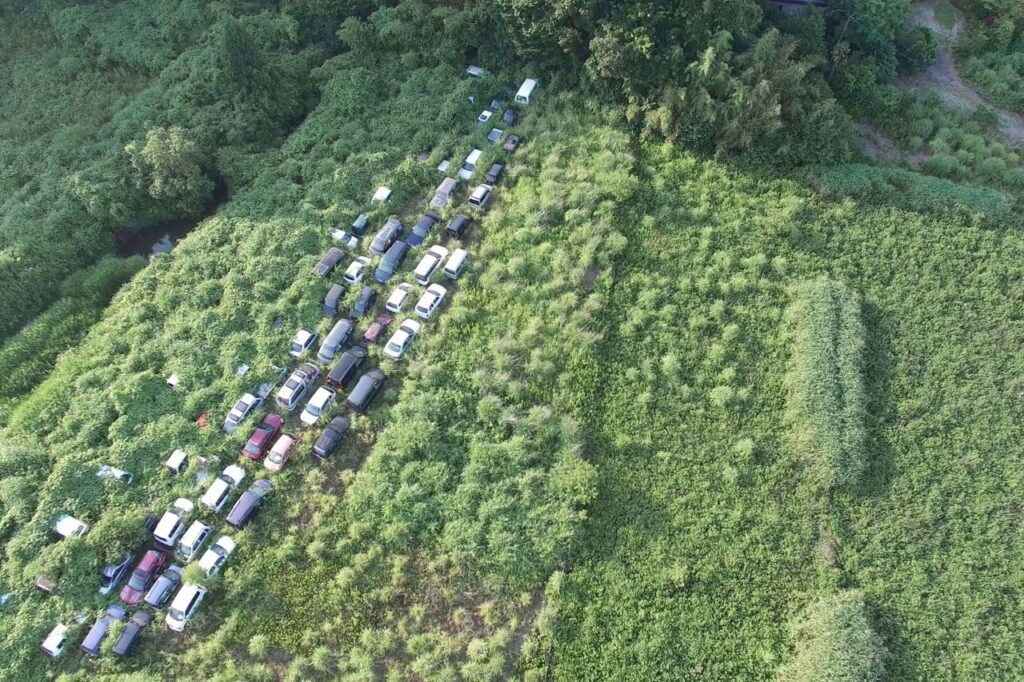
But it is not necessary that there is a nuclear disaster so that the other species, finally masters of the field, can manifest their presence because the same thing happens in a territory abandoned by men, for whatever reason. The Chinese village of Houtouwan on Shengshan Island located 140 kilometers from Shanghai once housed a thriving community of over 2,000 fishermen. Founded in 1950, by the mid-1990s it was already largely abandoned because its port over the years had proved too small to accommodate ferries large enough to guarantee efficient services. Also in this case TODAY the village has almost disappeared under a blanket of vegetation.
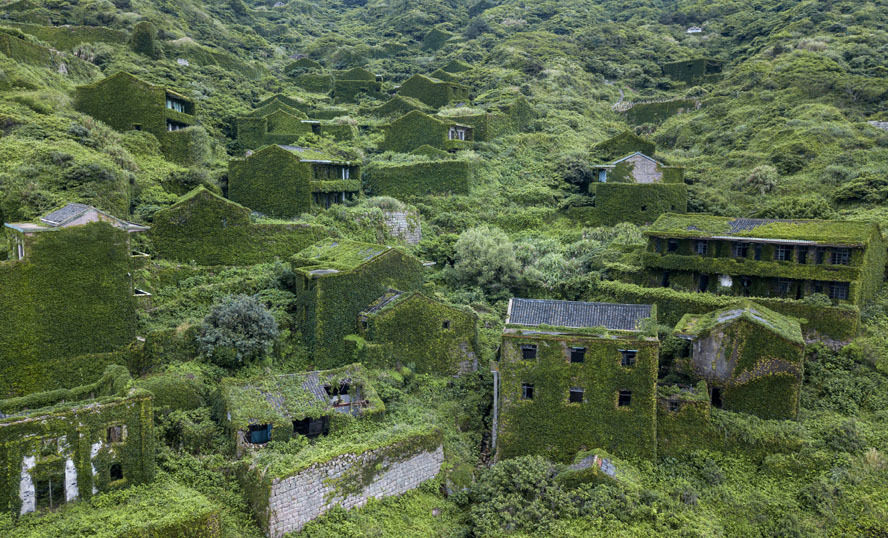
Three examples of how the Planet benefits from our absence, three cases that demonstrate how the Planet, as soon as it is left alone, tends to put things right. The countless “tricks” of those who pretend to want to change things to limit the damage of climate change, letting the current consumption system devour the last resources of the Earth, are pitiful nonsense for kids who believe they cover their own pranks to steal an extra lollipop. Earth has seen mass extinctions before, but it has continued to quietly circle its Star. The mass extinction that we all know is that of the Cretaceous-Paleocene, which occurred about 65.95 million years ago, and led to the disappearance of about 70% of the existing marine and continental species. Yet the Earth has repopulated, the only dinosaurs left were the birds that multiplied in a thousand and thousand species with harmonious songs, covered with multicolored feathers. Mammals have also specialized in hundreds of species, up to the point of generating Homo sapiens sapiens. But this last species, gripped by a delirium of omnipotence, does nothing but make trouble and, to the top of unconsciousness, tells stories saying that they want to help the Planet!
We must keep in mind that:
IF we kill bees with insecticides, bees die, it’s true but, at the same time, WE will no longer have fruit and vegetables and will accumulate in our bodies those pesticides that kill bees and also undermine our health.
IF we burn the forests to plant oil palms, WE will no longer have large trees that give us oxygen and raw materials. IF we cut the woods that rainwater in the mountains, we will be left without water in the hot season and to have rivers in flood that take away our houses.
IF we burn the trees that with their roots hold the sheer ridges together, we will be crushed by landslides.
IF we throw garbage into the sea, WE will find the beaches full of garbage.
IF, by polluting the seas and oceans with coastal wastewater and oil-leaking ships, we destroy the unicellular green algae that annually produce about 50% of the oxygen in the atmosphere, we will not know where to get the oxygen we need. to breathe.
IF we continue to hunt, capture, live in close proximity to wild species, and practice intensive breeding of domestic species, millions of US will be victims of planetary pandemics.
As in Chernobyl, as in Fukushima, as in Houtouwan, the day our species goes extinct, the Earth will not care: natural selection will continue to “churn out” new species that will repopulate the Blue Planet until it remains of him. what stardust.
LET’S THINK ABOUT IT and, for our survival and not for that of the Planet, let’s stop telling absurd stories.
Credits:
Author: Anna Lacci is a scientific popularizer and expert in environmental education and sustainability and in territory teaching. She is the author of documentaries and naturalistic books, notebooks and interdisciplinary teaching aids and multimedia information materials.
Translation by Maria Antonietta Sessa

